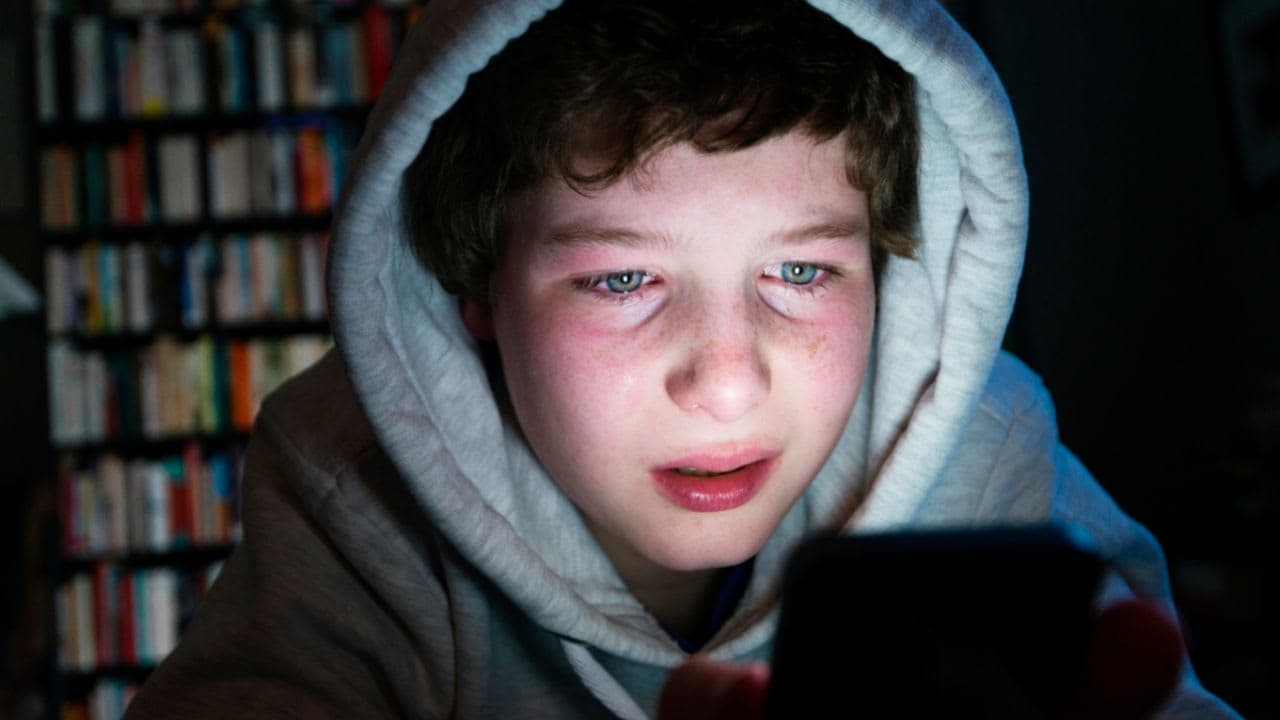Cyberbullying Facts & Statistics (2024)
Algorithms Are the Art World’s Newest Collecting Trend
In March, Daniel Benitez, a cinema executive in Miami, paid $2,500 for a necktie. It wasn’t just any strip of designer neckwear. Imprinted on the blue silk were six lines of computer code that once brought the motion picture industry to its knees.
To the unschooled eye, the algorithm script on the tie, known formally as “qrpff,” looks like a lengthy typographical error.
But to Mr. Benitez and other computer cognoscenti, the algorithm it encodes is an artifact of rare beauty that embodies a kind of performance art. He framed it.
The algorithm sets out a procedure for what copyright holders once deemed a criminal act: picking the software lock on the digital scrambling system that Hollywood uses to protect its DVDs. At the turn of the century, hackers encoded it in many ways and distributed them freely—as programs, lines of poetry, lyrics in a rock song, and a square dance routine. They printed it on T-shirts and ties, like the item Mr. Benitez purchased. They proclaimed it free speech. No matter how many times the entertainment industry sued, their lawyers found the algorithm as hard to eradicate as kudzu.
Now it is exhibit A in the art world’s newest collecting trend.
Dealers in digital art are amassing algorithms, the computerized formulas that automate processes from stock-market sales to social networks.
In March, the online art brokerage Artsy and a digital code gallery called Ruse Laboratories held the world’s first algorithm art auction in New York. The Cooper Hewitt, Smithsonian Design Museum, where the auction was held as a fundraiser, is assembling a collection of computer code. In April, the Museum of Modern Art convened a gathering of computer experts and digital artists to discuss algorithms and design…
To give collectors something to show for their money, people who sell digital art strive for creative ways to make an algorithm tangible.
When Mr. Benitez, chief technology officer of Bardan Cinema, purchased the computer program qrpff, he actually got the tie, a commemorative tablet, and a password to access the code at an online software repository.
Another collector at the Artsy auction bought the compatibility calculator used by the online dating site OkCupid. He received two mathematical interpretations of the algorithm drawn on paper and autographed by the four company founders, but no legal right to use or see actual working code.
Indeed, no one yet is really sure what collectors ought to receive when they acquire an algorithm for art’s sake—source code, memorabilia, intellectual property rights, or a right to the output of the procedure. It varies depending on the legal status of the algorithm.
“Software is eating the world,” said digital designer Chris Maury at Pittsburgh-based Conversant Labs, who recently sold a computer vision algorithm at the auction. “The art world is the next part to be eaten.”


